
Welcome to
CHEST RISE CPR BLS - ACLS - PALS
AHA BLS Provider
Initial Class
Renewal Class
The AHA Basic Life Support (BLS) for Healthcare Providers' Classroom Course is designed to provide a wide variety of healthcare professionals the ability to recognize several life-threatening emergencies, provide CPR, use an AED, and relieve choking in a safe, timely and effective manner.
AHA ACLS Provider
Initial Class
Renewal Class
This AHA advanced, instructor-led classroom course highlights the importance of team dynamics and communication, systems of care and immediate post-cardiac-arrest care for healthcare professionals and students. The AHA ACLS course also covers airway management and related pharmacology.
AHA PALS Provider
Initial Class
Renewal Class
This AHA advanced, instructor-led classroom course highlights the importance of team dynamics and communication, systems of care and immediate post-cardiac-arrest care for healthcare professionals and students. The AHA PALS course also covers airway management and related pharmacology.
CPR/AED/First Aid
Initial Class
Renewal Class
For individuals who require or desire CPR, AED and Basic First Aid knowledge and skills; including emergency response teams in business and industry, contractors, school bus drivers, adult residential care personnel, child care workers, teachers, parents, and babysitters.
WHAT OUR
CUSTOMERS SAY
Thanks
for voting us # 1
CPR Facts
why learn cpr?
Cardiac arrest – an electrical malfunction in the heart that causes an irregular heartbeat (arrhythmia) and disrupts the flow of blood to the brain, lungs and other organs and is a leading cause of death. Each year, more than 350,000 out-of-hospital cardiac arrests occur in the United States.
When a person has a cardiac arrest, survival depends on immediately getting CPR from someone nearby. CPR, especially if performed in the first few minutes of cardiac arrest, can double or triple a person’s chance of survival.
If you are called on to give CPR in an emergency, you will most likely be trying to save the life of someone you love: a child, a spouse, a parent or a friend.
Proven Results
with a little help
SIGNS OF HEART ATTACK,
Cardiac Arrest & Stroke
Chest Rise CPR, instructs and certifies students through the American Heart Association.
Foster families, healthcare students, and babysitters learn CPR here.
Heart Attack Signs
Chest Discomfort
Heart attacks can involve a pressure or pain in the center of the chest that lasts more than a few minutes, or that goes away and comes back. It can feel like a tight pressure, squeezing, fullness or pain. Not all heart attacks present the same way.
Cardiac Arrest Can
Occur Without Warning
Cardiac arrest can happen without warning to anyone at any time. Signs and symptoms of a cardiac arrest include an unexpected loss of consciousness (no reply when tapped on shoulders). Other signs may be simply irregular breathing.
Having A Stroke
Time Is Brain, Call 911
Signs and symptoms of a person having a stroke “Brain Attack” can present in many ways. Although there are different kinds of stokes, the most important thing to remember is calling 911 and getting to an Emergency room.
Learning The Signs
Of A Heart Attack
Your CPR instructor will go over Signs and Symptoms of a heart attack during your CPR Class. Other heart attack signs may include a dull aching pain or discomfort in one or both arms, that can radiate to the back, neck, jaw or abdomen.
Emergency Care
Of Cardiac Arrest
You will learn how to do CPR in class for adult, child, and infants. Most of the time, cardiac arrest in children and infants is from a blocked airway because of choking on an object such as a toy. CPR can make the difference on how you will respond.
Stroke Care
Taught In CPR Class
Your AHA CPR course dedicates a big portion of time learning the signs and symptoms of a stroke and what to do if you suspect someone is having a stroke. You will learn there are two kinds of strokes a person may be suffering from.

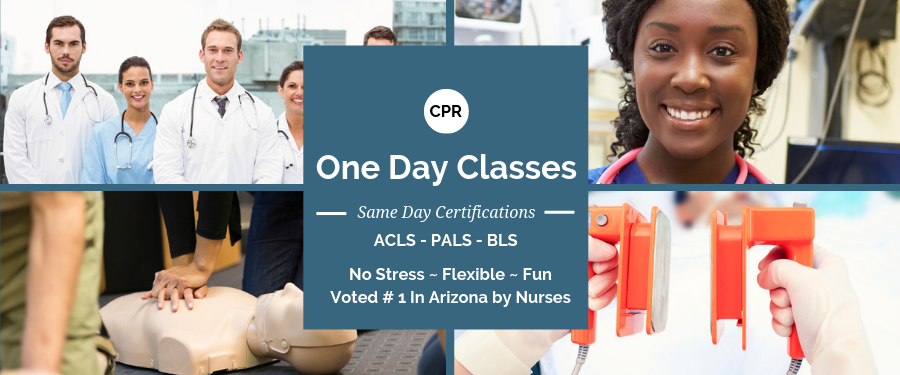
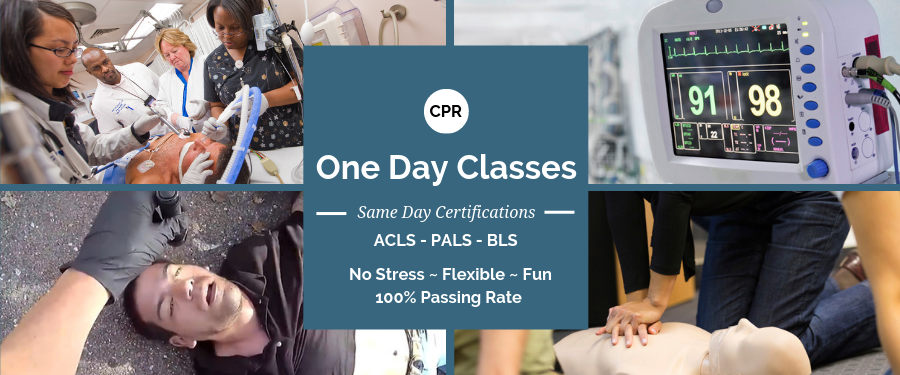
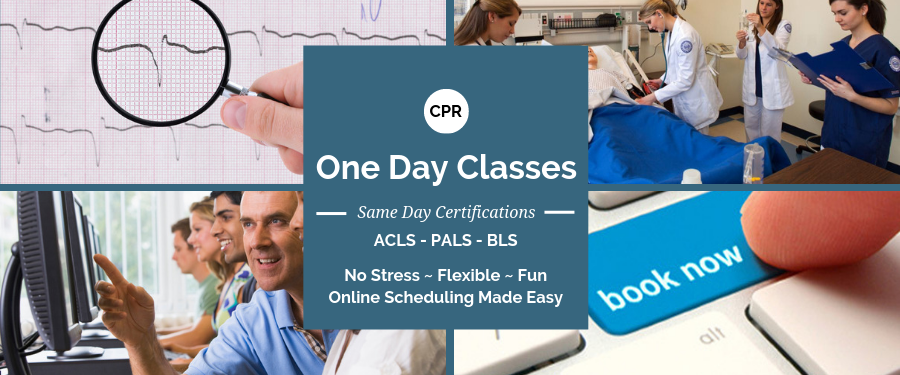
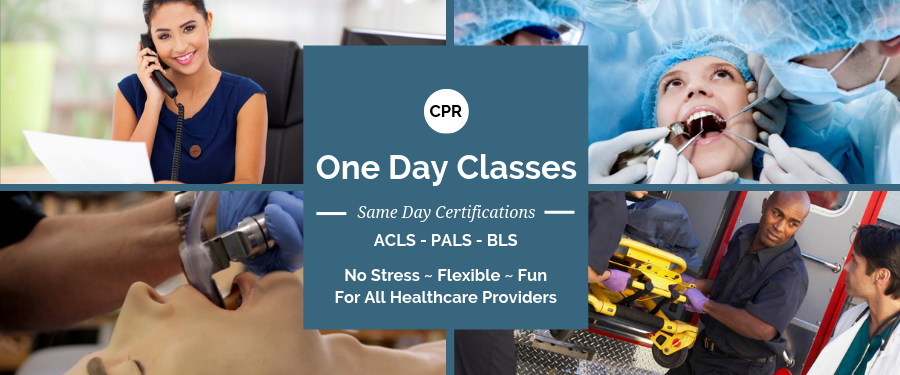
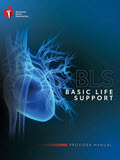
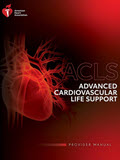





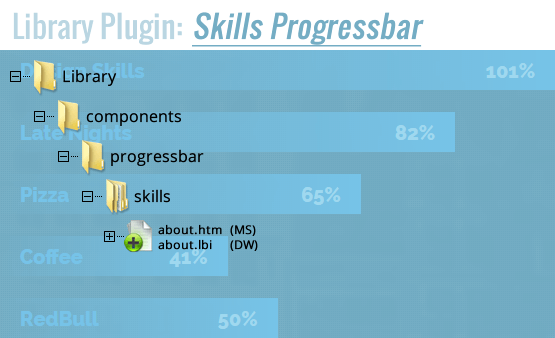

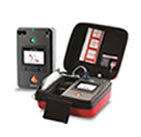

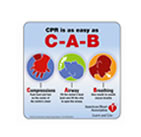
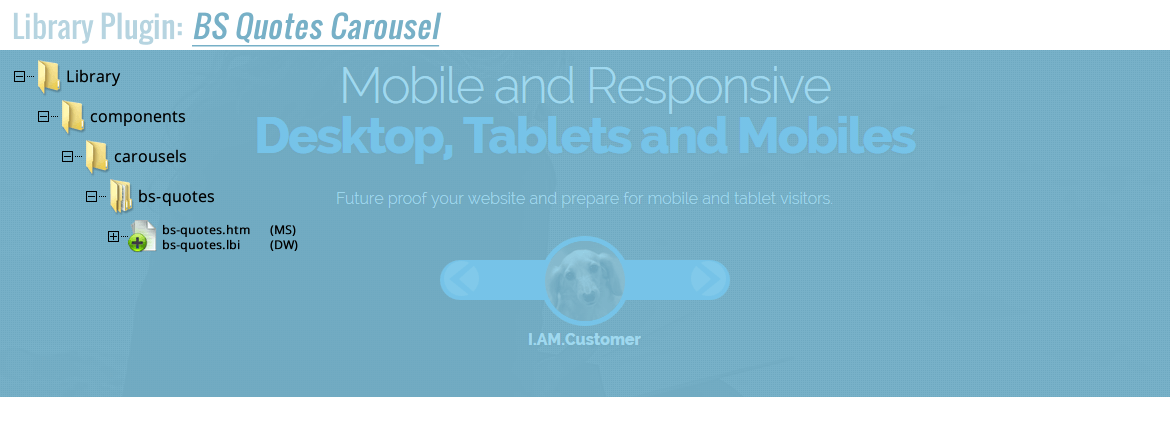

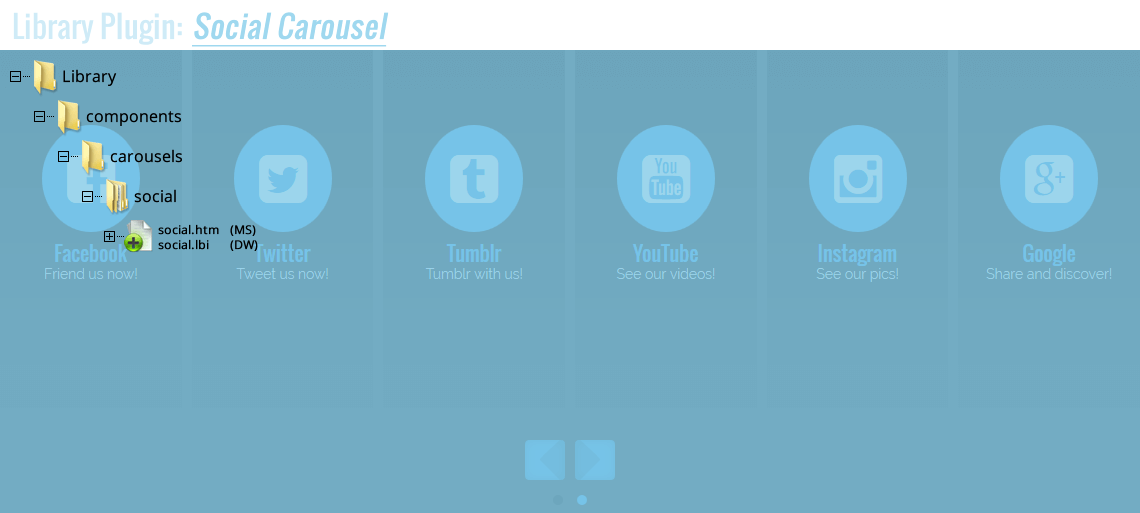

Facebook
Friend us now!
Tumblr
Tumblr with us!
YouTube
See our videos!
Instagram
See our pics!
Google
Share and discover!
Vimeo
See our videos!
Linkedin
Get linkedin!
Pinterest
Pin it with us!
Reddit
Gossip but better!